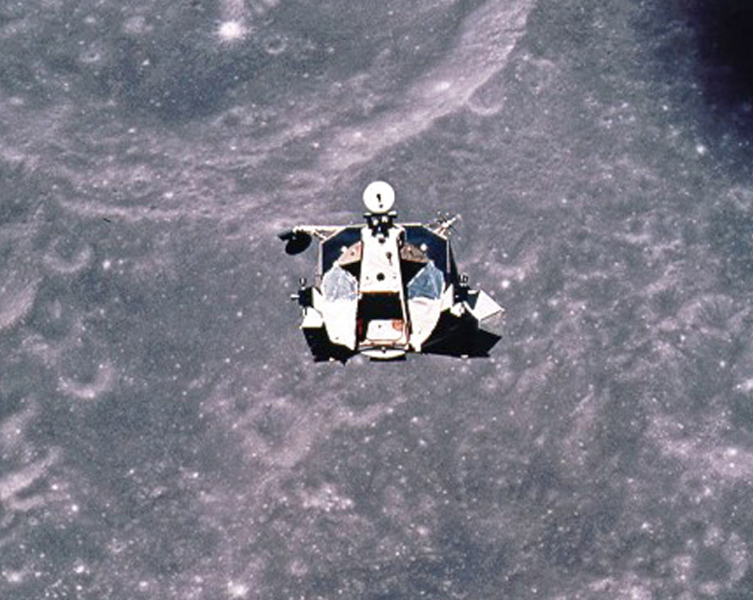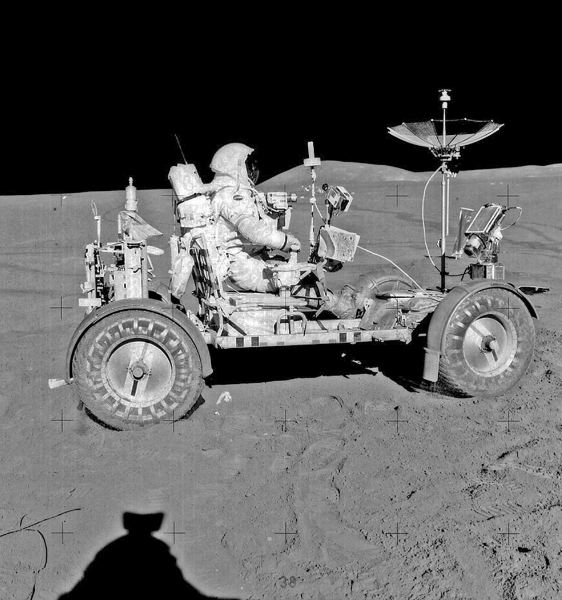The Moon is no longer just a distant light in the sky—it’s rapidly becoming the focus of a renewed global space race. And China? It's taking giant leaps with a bold and structured plan that’s turning heads around the world. This blog explores China’s ambitious lunar missions plans and breaks down what the West needs to know about China’s Moon program.
Why Is China Going to the Moon?

China’s lunar missions are driven by more than just national pride. The country is working toward long-term goals that could shape the future of lunar exploration, space diplomacy, and global influence.
Main goals behind the mission:
- Scientific discovery: Understanding lunar geology and locating resources such as water ice.
- Space diplomacy: Establishing a Moon base would increase China’s influence in Asia-Pacific space alliances.
- Economic potential: The Moon contains rare minerals that could benefit industries on Earth.
Global leadership: Aiming to outperform rivals in the ongoing China space race with the US.
A Quick Look at the Chang’e Lunar Program

At the core of China’s strategy is the Chang’e lunar program, named after a legendary Chinese Moon goddess. Each mission demonstrates increasing technical skill and long-term vision.
Major milestones:
- Chang’e-3 (2013): First successful soft landing on the Moon by China.
- Chang’e-4 (2019): First-ever landing on the far side of the Moon.
- Chang’e-5 (2020): Collected and returned Moon samples to Earth.
- Chang’e-6 (planned for 2024/2025): Targeting the Moon’s south pole for new samples.
Future missions, Chang’e-7 and Chang’e-8, are expected to identify suitable locations and technologies for a permanent lunar base.
China’s Moon Base Development Roadmap

One of China’s most ambitious projects is the creation of the International Lunar Research Station (ILRS), in partnership with Russia and possibly other countries. The project is moving from concept to planning and could shift the balance of lunar presence.
China’s vision by 2030
- Launch robotic missions to scout and prepare the surface.
- Begin setting up lunar infrastructure.
- Test life-support and construction technologies.
China’s vision by 2035
- Launch crewed missions to the Moon.
- Potentially complete a lunar base suitable for international collaboration and research.
This roadmap positions China as a direct competitor to the United States and NASA’s Artemis Program, which shares similar objectives and timelines.
What the West Needs to Know
For the United States, Europe, and other technologically advanced nations, China’s progress on the lunar missions should not be underestimated. The implications go beyond science; they affect geopolitics, economics, and international space law.
Essential facts to consider:
- Strategic advantage: Control of lunar resources and launch points could shape the future of space travel and Moon missions.
- Cooperation or rivalry: Will China choose to collaborate with other space powers, or work in isolation?
- Technological competition: Agencies like NASA, ESA, and private firms such as SpaceX face growing pressure to keep up with CNSA.
- Policy and regulation: The world urgently needs clear rules for the rights to Moon resources and the prevention of military activity in space.
The European response to China’s lunar missions plans has been cautious so far, while the U.S. has taken a firm position through the Artemis Accords, promoting open and peaceful exploration.
What This Means for Investors and Innovators
The renewed focus on lunar missions offers exciting opportunities for investors, startups, and researchers around the world.
Why is it the right time to:
- Invest in space programs: From Moon rovers to lunar communications, the space economy is rapidly expanding.
- Support lunar research: Universities and private labs are diving into Moon-related projects—from 3D printed habitats to remote excavation tools.
- Fund space innovation: Governments, businesses, and space entrepreneurs have a chance to shape the next era of exploration.
Innovation isn’t limited to rockets anymore; it now includes AI, sustainability, robotics, and long-term space living.
Navigating the Global Lunar Landscape
Key space agencies and companies are all aiming for the lunar missions, though with different goals and methods:
- CNSA (China National Space Administration) is focused on Moon base development and sample return missions, primarily through the Chang’e Program.
- NASA (National Aeronautics and Space Administration) is committed to returning astronauts to the Moon and building a lunar gateway as part of the Artemis Program.
- The European Space Agency (ESA) contributes through technology development and works alongside NASA in Artemis efforts.
- SpaceX, a private American company, focuses on developing launch systems and private Moon missions using its powerful Starship rocket.
Each of these players is shaping the pace and nature of future lunar missions.
Moon Mission Timeline (Through 2035)
Here’s a brief timeline of major planned lunar missions and milestones:
- 2024–2025: Chang’e-6 launches to collect samples from the Moon’s south pole.
- 2026–2028: NASA’s Artemis III mission aims to land the first woman and the next man on the Moon.
- 2030: China plans to begin construction of its lunar research station (ILRS).
- 2035: Crewed Chinese missions may land and operate on the Moon, completing the Moon base development roadmap.
This timeline highlights the accelerating pace of lunar activity, with international milestones approaching every few years.
Final Thoughts:
Whether you're a space enthusiast, investor, or policy thinker, one thing is certain—China’s lunar missions are reshaping the future of space exploration and global power dynamics. With each successful launch, China demonstrates its determination to lead not just in science but in international influence beyond Earth.
Takeaways:
- China is steadily progressing toward a permanent presence on the Moon, with long-term plans that include international collaboration and infrastructure.
- The US-China space race is intensifying, especially around Moon bases, timelines, and competing space ideologies.
- Western nations and space agencies must decide whether to compete with China or collaborate for peaceful and productive lunar missions.
In the end, the future of space may depend as much on politics and partnerships as it does on rockets and robots. As more countries and companies reach for the Moon, the next decade could define how humanity lives, works, and cooperates beyond our home planet.








